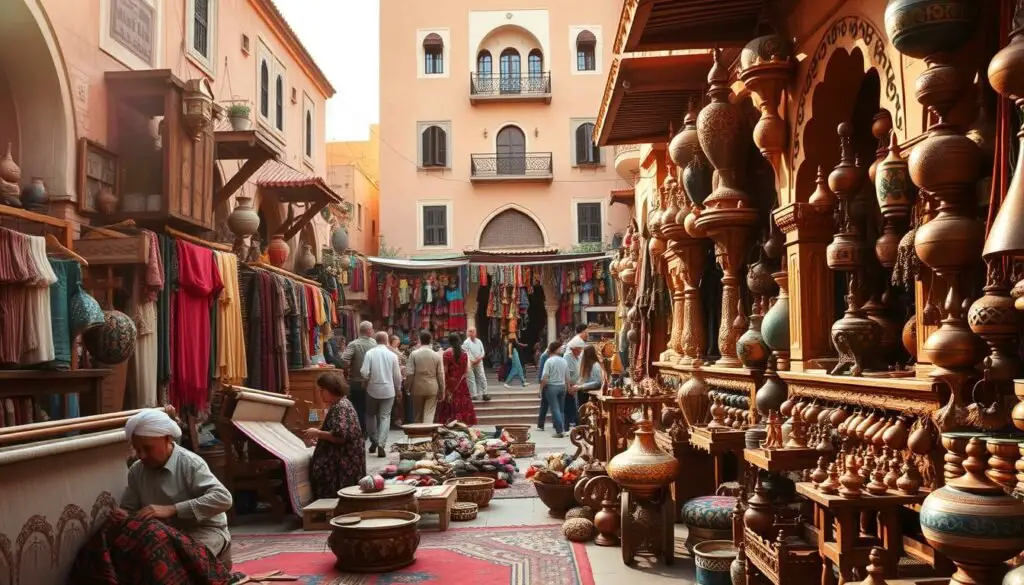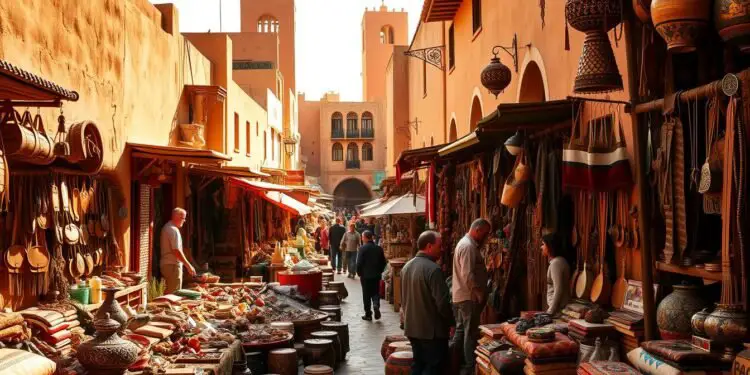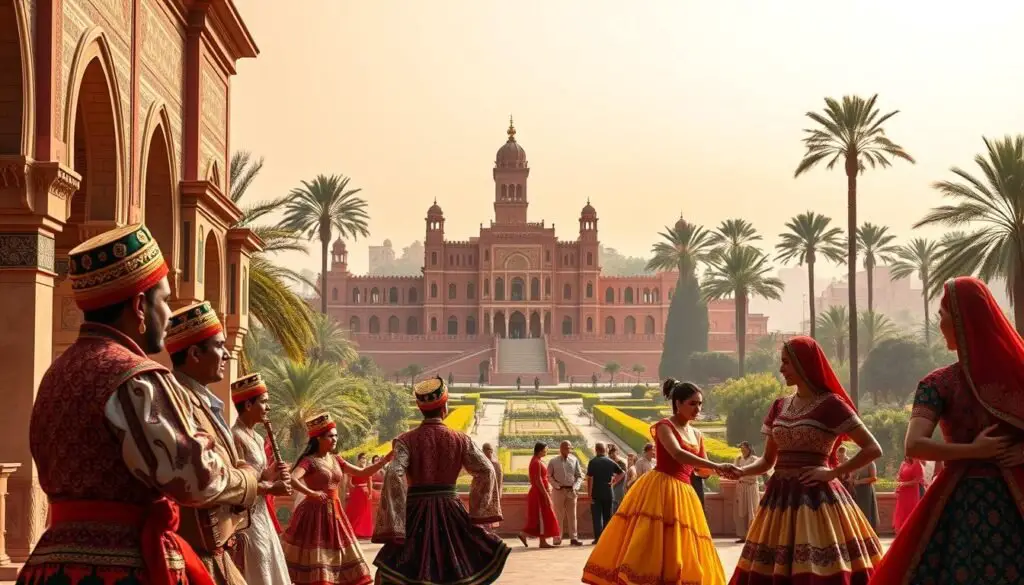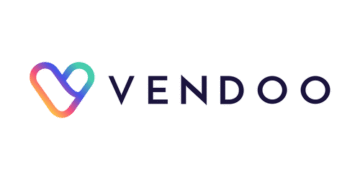What if a country’s rich cultural heritage could fuel its economic future? Morocco is proving just that, blending tradition with modern innovation to build a thriving creative sector. With an 8.7% annual growth rate, this dynamic field is reshaping opportunities for artists, entrepreneurs, and tech pioneers alike.
The European Union recently invested €600,000 to boost Morocco’s cultural exports and infrastructure. This four-year initiative aims to strengthen legal frameworks and advocacy, paving the way for global partnerships. Meanwhile, local startups like Hmizate and Artinoo are redefining e-commerce and artisanal trade.
From Marrakech’s tech hubs to Casablanca’s incubators, the nation is embracing its cultural creative industries as a driver of development. The World Bank ranks Morocco as North Africa’s second-largest creative economy, with employment in the sector growing by 12% since 2020.
Key Takeaways
- Morocco’s creative sector grows at 8.7% yearly, outpacing many traditional industries.
- The EU supports cultural exports with a €600,000 investment in infrastructure.
- Employment in creative fields jumped 12% since 2020, per CGEM reports.
- World Bank data places Morocco as North Africa’s #2 creative economy.
- Startups and tech hubs are fueling innovation in digital products and crafts.
The Rise of the Moroccan Creative Economy
Youth-driven initiatives are fueling unprecedented growth. Minister Bensaid’s recent address highlighted a critical shift—from cultural consumption to production. This vision, supported by King Mohammed VI and EU partnerships, is reshaping the sector.

Cultural exports surged 15% yearly since 2021. Essaouira’s Gnaoua Festival exemplifies this, drawing $4.3M in tourism revenue. Free trade agreements with 54 countries amplify opportunities, while Casablanca emerges as North Africa’s film hub.
The government reports a 38% rise in cultural startups since 2022. Parallels to the automotive industry reveal 22% of the workforce is under 30. This youth momentum aligns with EU-Morocco accels fostering exchanges.
Under the theme “Celebrating Heritage, Investing in Progress,” events blend tradition with innovation. The EU’s role as Morocco’s top economic partner underscores this growth, proving culture can drive development.
Government Initiatives Driving Cultural Production
Strategic policies are unlocking new opportunities in cultural production. The government has allocated $18M to modernize theaters, music, and visual arts. This investment targets infrastructure and talent development, ensuring global competitiveness.
Minister Bensaid’s Call for Economic Shift
Minister Bensaid declared cultural and creative industries central to economic growth. “This sector has 68% untapped potential,” he stated. The focus is shifting from preservation to production, with tax incentives attracting Netflix and Amazon Prime.
High-Profile Events and Partnerships
The Marrakech Biennale saw a 40% attendance surge after state sponsorship. UNESCO collaborations safeguard 14 heritage elements, while reduced import duties cut film equipment costs by 23%.
Youth and Digital Transformation
Over 15,000 young creators are training in digital content development. The “Digital Medinas” initiative teaches VR/AR to 8,000 participants. FICC predicts these efforts could generate 500,000 jobs by 2030.
Cultural Gems Fueling Growth
From sacred rituals to global stages, music fuels economic transformation. The Gnaoua Festival exemplifies this shift, drawing 500,000 visitors annually. Revenue has surged 140% since 2015, proving the potential of cultural exports.
Gnaoua Music: A Model for Global Success
Once a spiritual practice, Gnaoua rhythms now generate $15M yearly. Cross-genre collaborations boosted streaming numbers by 300%. Fusion genres like Gnawa-jazz even chart on Billboard’s World Music list.
Essaouira invested $2.1M in cultural infrastructure for the 2025 festival. Upgrades include sound stages and artist residencies. These efforts align with royalty reforms, lifting artist incomes by 45%.
International partnerships amplify reach. Maalem Hamid El Kasri’s work with Carlos Santana highlights the sector’s global appeal. A Policy Center study predicts 25,000 new jobs in industries tied to music production.
Conclusion
Cultural assets are becoming powerful drivers of sustainable development. The EU Ambassador notes they contribute 4.2% to GDP, while the FICC aims for a $2B valuation by 2028.
Tech startups in this space project a 22% annual growth. The nation’s roadmap prioritizes education and global branding, with gaming poised to leverage 42% mobile adoption.
This sector’s potential extends beyond revenue—it shapes tourism and soft power. For investors, the cultural creative industries offer a rare blend of heritage and high growth.
FAQ
What is driving growth in Morocco’s cultural sector?
Government initiatives, digital transformation, and high-profile events like the Gnaoua Festival are key drivers. Partnerships with global brands also play a major role.
How is youth involvement shaping the creative industries?
Young talents are leveraging digital tools to innovate in music, film, and design. Their fresh ideas help expand the nation’s global influence.
Why is Gnaoua music significant for development?
It blends tradition with modern sounds, attracting international audiences. This genre showcases the potential of local culture to boost tourism and exports.
What role does the government play in supporting this sector?
Policies focus on funding, infrastructure, and education. Minister Bensaid’s push for economic diversification highlights the importance of cultural production.
Are there opportunities for foreign investors?
Yes. Growing demand for authentic content and events creates openings in film, music, and crafts. Strategic partnerships are encouraged.



